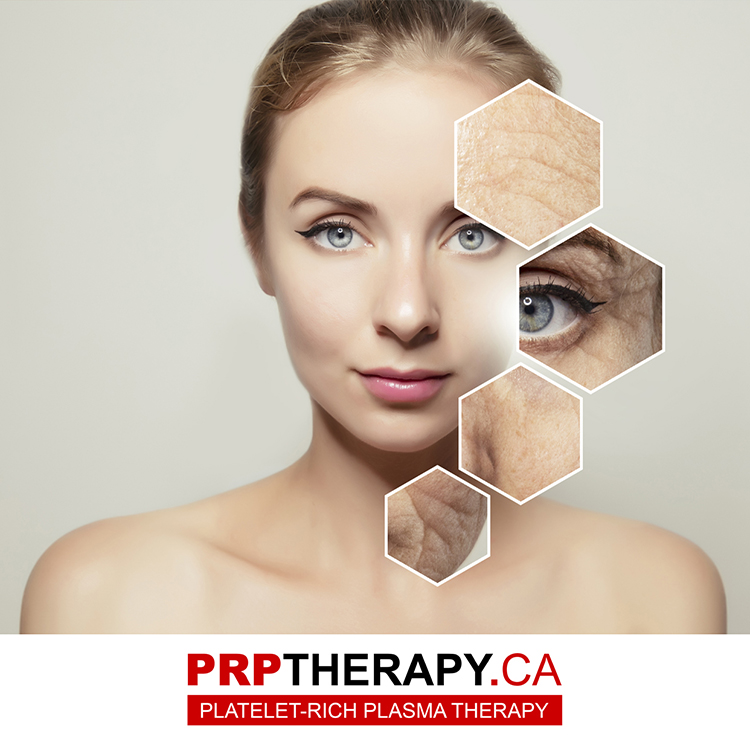Table of Contents
Understanding PRP Treatment: Everything You Need to Know
PRP is a potent and natural option in regenerative medicine and cosmetic treatments that capitalizes on the body’s inherent healing mechanisms. This article delves deep into the intricacies of PRP treatment, tracing its roots, understanding its composition, and highlighting what makes it so special.
Understanding PRP Treatment
Definition: What is PRP?
Platelet-Rich Plasma, or PRP, is a formulation that concentrates platelets from an individual’s blood plasma. When blood is drawn and centrifuged, it separates into various components. One of these components, the plasma, carries platelets which play a pivotal role in healing and regeneration. By its design, PRP has a higher concentration of platelets than what’s normally found in the blood. This concentrated solution can be introduced back into the body to assist tissue repair and rejuvenation.
Origins and History of PRP Treatment
PRP treatment’s emergence as a popular therapeutic approach can be traced back several decades. Initially explored in dentistry and orthopedic surgery in the 1970s and 1980s, the treatment supported bone grafting procedures. By the early 2000s, the potential of PRP had caught the attention of sports medicine, with high-profile athletes undergoing PRP injections to expedite recovery from injuries. Its impressive results led to the adoption of PRP in aesthetic medicine, notably for skin rejuvenation and hair restoration.
The appeal of PRP lies in its organic nature. Unlike treatments that rely on external chemicals or synthetic compounds, PRP utilizes the patient’s biological materials, reducing the risks of allergic reactions or complications. Over time, as more success stories emerged, especially in wound care and cosmetics, the treatment gained traction, leading to broader clinical applications.
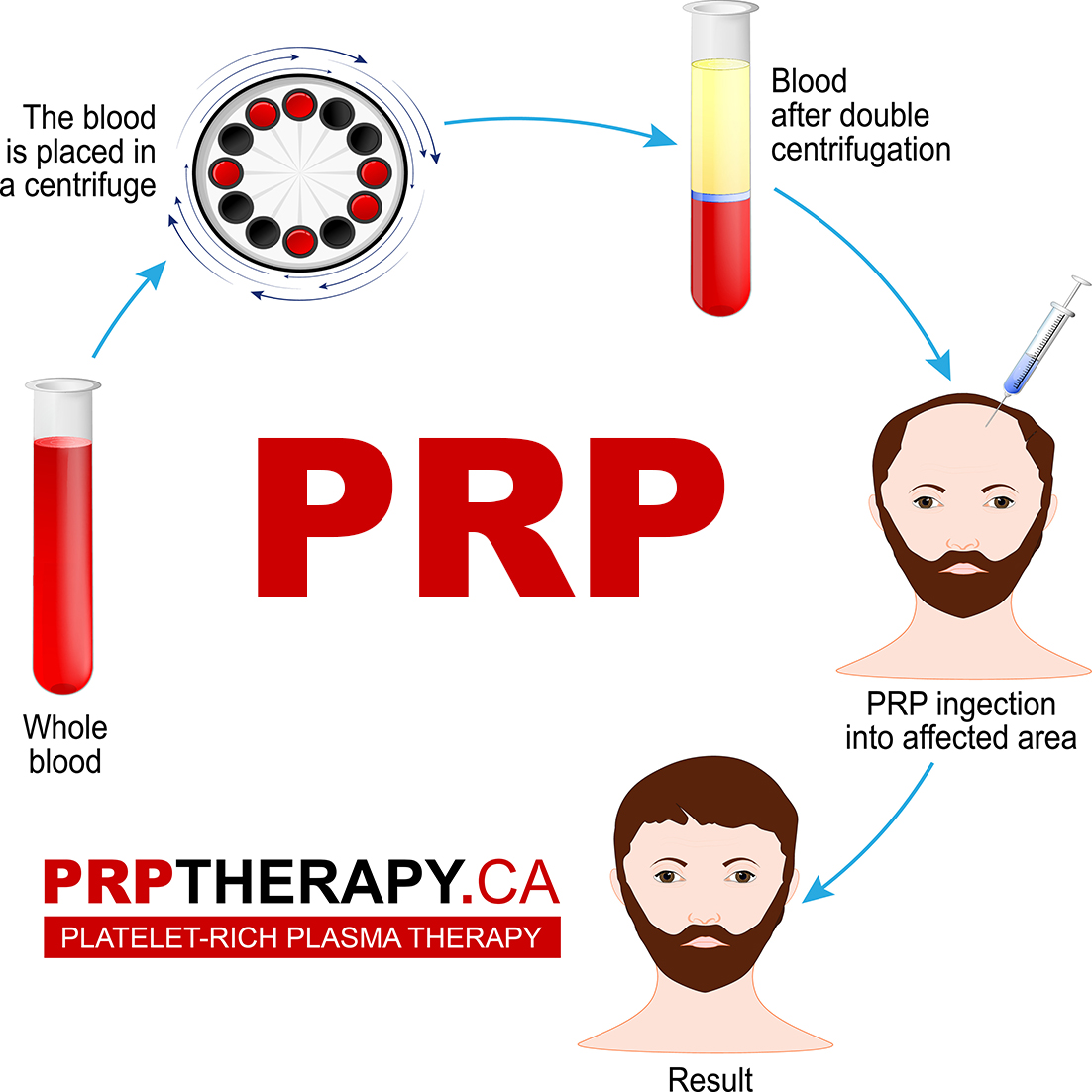
Key Components of PRP Treatment
At its core, PRP is a concoction teeming with platelets, but the specific components within these platelets hold the magic. Here’s a breakdown:
- Growth Factors: These are proteins that stimulate cell proliferation and differentiation. Growth factors in PRP, such as platelet-derived growth factor (PDGF), transforming growth factor-beta (TGF-beta), and vascular endothelial growth factor (VEGF), are instrumental in the repair and regeneration of tissues.
- Cytokines: Acting as mediators, cytokines modulate the balance of inflammation and cellular repair. They play a significant role in coordinating the body’s response to injury and inflammation.
- Plasma Proteins: These proteins, including fibrin, fibronectin, and vitronectin, create a scaffold to support cell migration, adhesion, and tissue regeneration.
When PRP is introduced to an injury site or an area needing rejuvenation, these components work synergistically. They amplify the body’s natural healing processes, accelerating tissue repair and promoting cellular growth.
The Science Behind PRP
Modern medicine has always sought ways to harness the body’s intrinsic healing capabilities. PRP, or Platelet-Rich Plasma, has emerged as a method, gaining popularity in diverse fields ranging from orthopedics to cosmetic rejuvenation. But what precisely is the science that underpins PRP? How do platelets bolster healing, and why is the concentration in PRP of such critical importance? Lastly, what do current research and clinical studies tell us about the efficacy of PRP? Let’s dive into the mechanics of this fascinating treatment.
How Platelets Promote Healing
The miraculous healing properties of platelets can be largely attributed to their primary function: clot formation. When you suffer a wound or injury, platelets rush to the scene to help form a clot and halt bleeding. However, their role continues beyond there.
Contained within these small disc-shaped cells are granules packed with proteins and growth factors. Upon reaching a damaged site, platelets release these granules, which then perform several crucial functions:
- Cell Recruitment: The released growth factors attract other healing cells, such as macrophages and stem cells, to the wound site.
- Tissue Regeneration: These growth factors stimulate the proliferation of cells necessary for tissue repair. For instance, fibroblast growth factor (FGF) aids tissue repair, while vascular endothelial growth factor (VEGF) assists in forming new blood vessels.
- Inflammation Modulation: Platelets can regulate inflammation, ensuring that it remains controlled. Although inflammation naturally occurs after an injury to assist recovery, prolonged inflammation can have adverse effects. Platelets help maintain this delicate balance.
PRP Concentration: What Makes It Effective?
The potency of PRP therapy lies in its concentration. While our blood contains platelets, the concentration isn’t as dense as in PRP. Using a centrifuge, the blood sample drawn from a patient is separated into various components, enriching the plasma with a higher count of platelets.
This concentration means that a PRP treatment delivers a hefty dose of the healing agents directly to the area of concern. Compared to the natural healing process—which may take its time and might not be as effective in certain conditions—PRP provides an amplified healing response. With more growth factors and proteins in the vicinity of damage or degeneration, the healing process is accelerated and enhanced, resulting in better tissue regeneration and reduced inflammation.
Research and Clinical Studies on PRP Treatment
Numerous studies and clinical trials have backed the medical community’s interest in PRP. Here are some notable findings:
- Orthopedics: Research has indicated that PRP can effectively treat osteoarthritis, especially in the knee. Patients who received PRP injections reported less pain and showed improvements in knee function.
- Cosmetic Procedures: PRP has been studied for its potential in facial rejuvenation. Studies have revealed that PRP can enhance the elasticity and hydration of the skin, offering a more youthful appearance.
- Hair Restoration: Clinical trials on PRP for androgenic alopecia (common baldness) have been promising. Patients treated with PRP showed increased hair density and thickness compared to those who didn’t receive the treatment.
- Wound Healing: PRP’s effectiveness in accelerating wound healing has been documented, particularly in chronic wounds or wounds with a risk of poor healing.
- Sports Medicine: Athletes, including many high-profile names, have turned to PRP for faster injury recovery. Clinical studies have supported its efficacy in tennis elbow and Achilles tendinopathy.
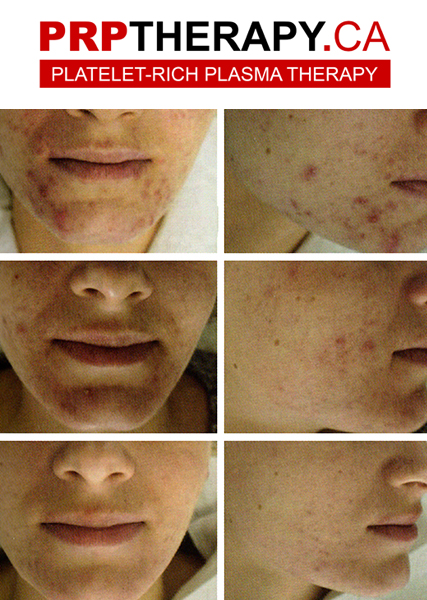
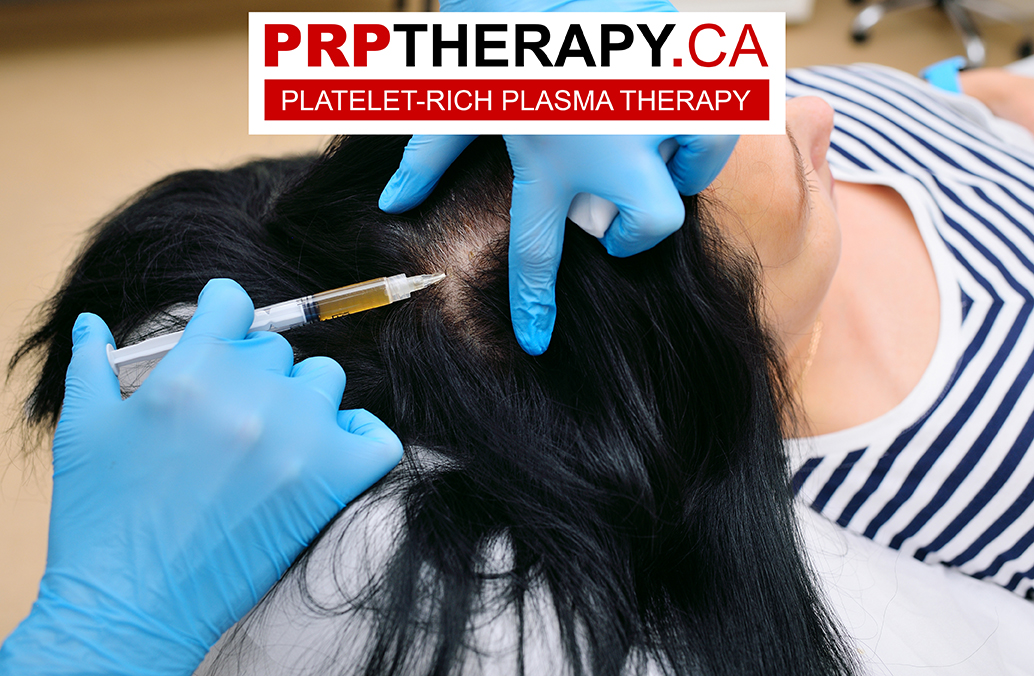
The PRP Treatment Procedure
PRP (Platelet-Rich Plasma) treatment, hailed for its potential in promoting natural healing, has become increasingly popular across multiple medical disciplines. But what exactly does the process entail? Understanding the journey, from the moment you decide to undergo PRP therapy to the post-treatment care, can help demystify the procedure, setting realistic expectations and preparing patients for the experience.
Pre-treatment Considerations and Consultation
Before diving into PRP therapy, it’s crucial to grasp the pre-treatment phase, which lays the foundation for a successful outcome.
- Initial Consultation: This initial stage is the most vital. A thorough discussion with your healthcare provider will address your concerns, evaluate your suitability for PRP therapy, and inform you about the potential benefits and risks. It’s a chance to clarify doubts, discuss medical history, and set clear expectations.
- Customization: PRP isn’t a one-size-fits-all approach. Depending on your needs, whether it’s for hair restoration, joint pain relief, or cosmetic rejuvenation, the preparation of the PRP might differ.
- Medications and Supplements: It’s crucial to inform the practitioner of any medications or supplements you’re taking, as certain ones might interfere with PRP’s efficacy. You might be asked to stop taking some medications temporarily before the treatment.
- Lifestyle Factors: Habits such as smoking can negatively impact the healing process. You might receive recommendations to halt or reduce such habits during the consultation for optimal results.
Step-by-Step Process: From Blood Draw to Injection
- Blood Draw: The procedure begins with drawing a small amount of the patient’s blood—similar to a routine blood test. This blood sample is the source from which the PRP will be derived.
- Centrifugation: The drawn blood is then placed in a centrifuge. This machine spins the blood rapidly, separating it into different components. The goal is to concentrate the platelets, producing the Platelet-Rich Plasma.
- Preparation of PRP: Once the centrifugation is complete, the PRP is carefully extracted, ready to be used. At this stage, it is significantly richer in platelets than in the bloodstream, packed with growth factors vital for healing.
- Administration: Depending on the treatment area, a local anesthetic might be applied to numb the region. Subsequently, the PRP is injected directly into the targeted area, whether the scalp, face, or joints. The administration process is relatively quick, often completed in minutes.
Post-treatment Care and Recommendations
After undergoing PRP therapy, the journey doesn’t end. Proper post-treatment care can optimize the outcomes and ensure patient comfort.
- Immediate Aftercare: It’s common to experience minor swelling, bruising, or redness at the injection site. These responses are short-lived and usually diminish in a matter of days. Cold compresses can help alleviate any discomfort.
- Activity Restrictions: It might be recommended to steer clear of intense activities for several days based on the treated area. For instance, after PRP for joint issues, it’s advisable to rest the joint and refrain from intense physical exertion.
- Skin and Hair Care: For PRP treatments involving the skin or scalp, gentle care is recommended. Avoiding harsh chemicals and direct sunlight and refraining from washing the treated area for at least 24 hours is generally suggested.
- Follow-up and Monitoring: Scheduling a follow-up appointment allows the practitioner to monitor your progress and address any concerns. It’s also an opportunity to discuss additional sessions if required.
- Lifestyle Recommendations: To amplify the benefits of PRP and support overall health, adopting a balanced diet, staying hydrated, and avoiding habits like smoking can be advantageous. The overall aim is to provide the body with all it needs to maximize PRP’s healing and regenerative properties.
Uses and Applications of PRP Treatment
In recent years, the popularity and acceptance of PRP (Platelet-Rich Plasma) treatment have surged thanks to its multifaceted applications across various medical and cosmetic specialties. Consisting of platelet cells extracted from a patient’s blood, PRP contains an array of growth factors instrumental in healing bones, skin, and tendons. This article delves into three primary areas where PRP makes a substantial difference: orthopedics and sports medicine, hair loss and restoration, and aesthetic and cosmetic applications.
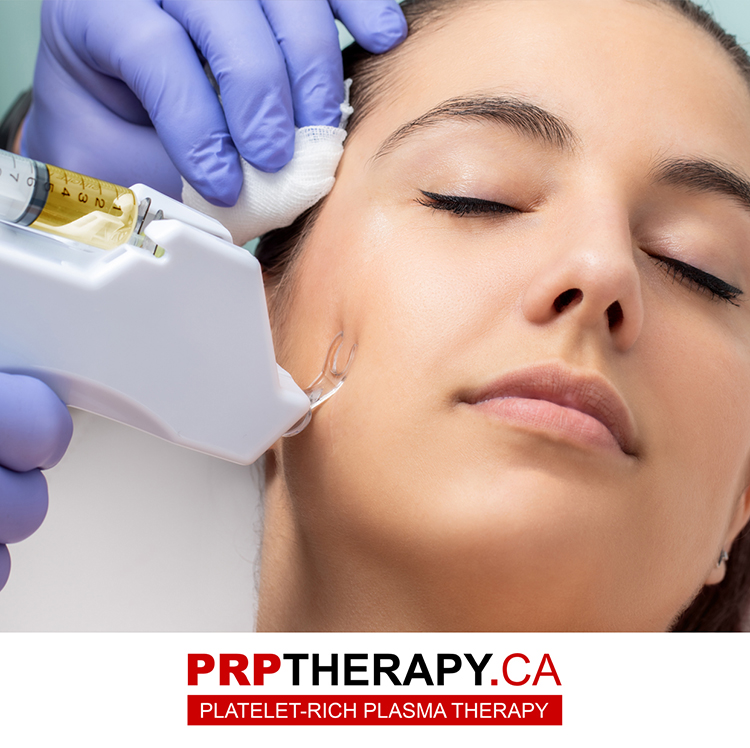
PRP in Orthopedics and Sports Medicine
Athletes, both professional and amateur, are always in pursuit of treatments that can swiftly heal injuries and get them back in the game. PRP has emerged as a beacon of hope in this respect.
- Tendon Injuries: PRP has shown promise in treating chronic tendon injuries, especially tennis elbow, a condition outside the elbow that’s notoriously difficult to heal. Through the direct injection of PRP into the compromised area, numerous patients have reported faster recovery and decreased discomfort.
- Acute Ligament and Muscle Injuries: In athletic activities, it’s common to experience sprains and strains. PRP therapy is increasingly being explored to hasten recovery from these injuries, potentially offering a quicker return to peak performance levels.
- Surgery Recovery: PRP can expedite post-surgical healing, particularly in procedures involving the rotator cuff and Achilles tendon.
While PRP in sports medicine holds promise, it’s essential to understand that outcomes can vary, and ongoing research aims to pinpoint the best practices.
PRP for Hair Loss and Restoration
PRP offers a glimmer of hope for those grappling with hair thinning and loss. Its use in trichology has drawn notice, mainly because of its non-surgical approach and encouraging outcomes.
- Stimulating Hair Growth: Packed with growth factors, PRP can enhance the blood flow to hair follicles and amplify the hair shaft’s diameter. Upon being administered to the scalp, these factors rejuvenate inactive hair follicles, leading to the emergence of new hair.
- Addressing Androgenic Alopecia: Commonly known as male and female pattern baldness, androgenic alopecia can be significantly improved with PRP treatments. Studies indicate that patients undergoing PRP therapy for this condition experience a notable increase in hair density.
- Augmenting Hair Transplant Procedures: PRP is increasingly used alongside hair transplant surgeries to enhance the transplanted grafts’ success rate and stimulate the surrounding areas to produce more hair.
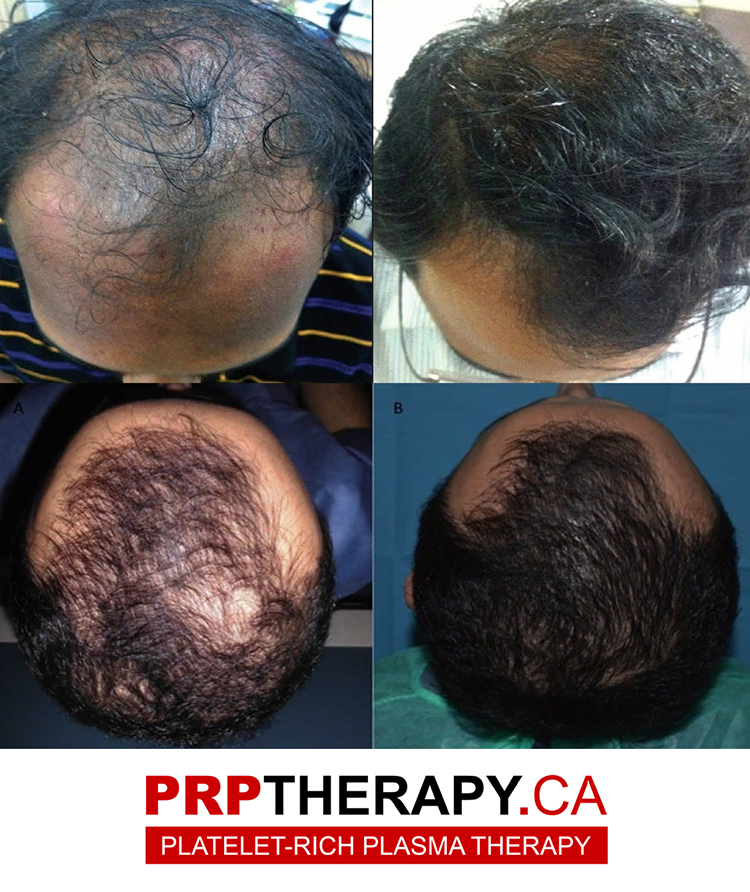
Aesthetic and Cosmetic Uses of PRP
The cosmetic world is no stranger to innovative treatments, and PRP has been a notable addition, particularly in skin rejuvenation and enhancement procedures.
- ‘Vampire Facials’: Perhaps one of the most buzzed-about PRP treatments is the ‘Vampire Facial.’ In this procedure, PRP is micro-needled or injected into the skin to rejuvenate the complexion, reduce wrinkles, and restore a youthful glow.
- Treating Scars and Acne: PRP is proficient in diminishing the visibility of scars, especially those caused by acne. PRP helps smoothen the skin’s texture by promoting collagen production and skin regeneration.
- Under-Eye Rejuvenation: The delicate under-eye area, prone to dark circles and puffiness, can benefit from PRP. The growth factors in PRP stimulate collagen production, leading to thicker, more youthful skin in this often-troublesome area.
- Lip and Facial Augmentation: While not a replacement for dermal fillers, PRP can be used to enhance lip and facial augmentation results, lending more natural plumpness and vitality to the treated regions.
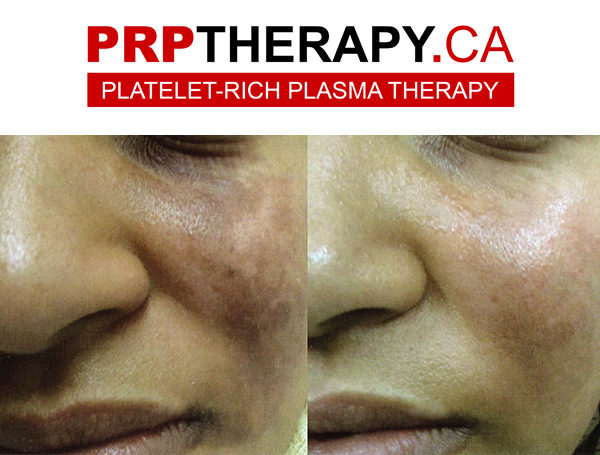
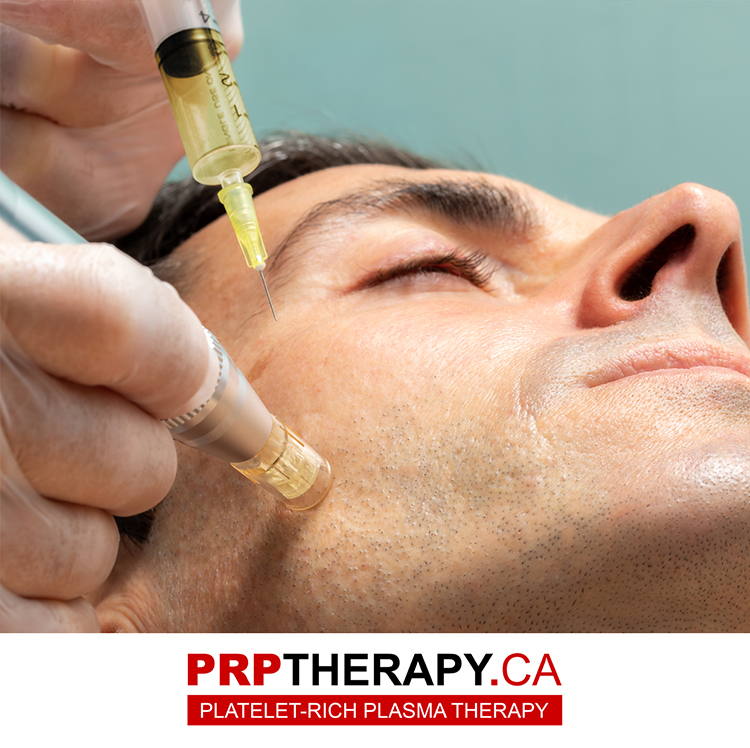
Benefits and Efficacy of PRP
The medical and cosmetic realms have witnessed many innovations over the past few decades. One such advancement that has generated significant buzz is PRP (Platelet-Rich Plasma) treatment. PRP treatment harnesses the healing power of concentrated platelets to address many conditions and cosmetic concerns by utilizing the patient’s blood. But how beneficial is this procedure, and how does it stack up against other treatments? Let’s delve deeper.
Proven Advantages of PRP Treatment
Platelet-Rich Plasma is, in essence, a concentration of one’s platelets. These platelets release growth factors and other molecules that play a crucial role in the healing process, thus offering several key benefits:
- Natural and Autologous: Since PRP uses the patient’s blood, the risks of allergic reactions or transfusion-transmitted infections are virtually non-existent. This makes PRP a safe and biocompatible option for many.
- Minimal Downtime: Most PRP procedures, whether for orthopedic concerns or cosmetic ones, have a short recovery period. After the treatment, patients typically resume their regular activities with little to no delay.
- Versatility: PRP can treat various conditions, from sports injuries and osteoarthritis to hair loss and skin rejuvenation. Its wide-ranging applications make it a sought-after treatment option.
- Enhanced Healing: With its rich concentration of growth factors, PRP promotes accelerated tissue repair and regeneration. Whether it’s a torn tendon or a scarred skin patch, PRP can often stimulate a more robust healing response than the body would manage independently.
Comparing PRP with Other Treatments
When weighing the pros and cons of PRP, it’s helpful to compare it with other available treatments for the same conditions.
- For Hair Loss: PRP offers a more natural and sustainable approach than over-the-counter topical treatments or prescription drugs. While treatments like minoxidil require ongoing usage, PRP treatments, once completed, can offer lasting results without daily maintenance.
- For Skin Rejuvenation: While dermal fillers or botox offer instant results, PRP stimulates the body’s natural collagen production, providing longer-lasting and more organic outcomes. Moreover, PRP doesn’t carry the risks of allergic reactions seen with some fillers.
- For Orthopedic Injuries: Steroid injections are commonly used to treat joint pain. However, while steroids provide immediate relief, they don’t facilitate healing. PRP, on the other hand, not only alleviates pain but also promotes tissue repair, making it a more holistic treatment option.
PRP Cost
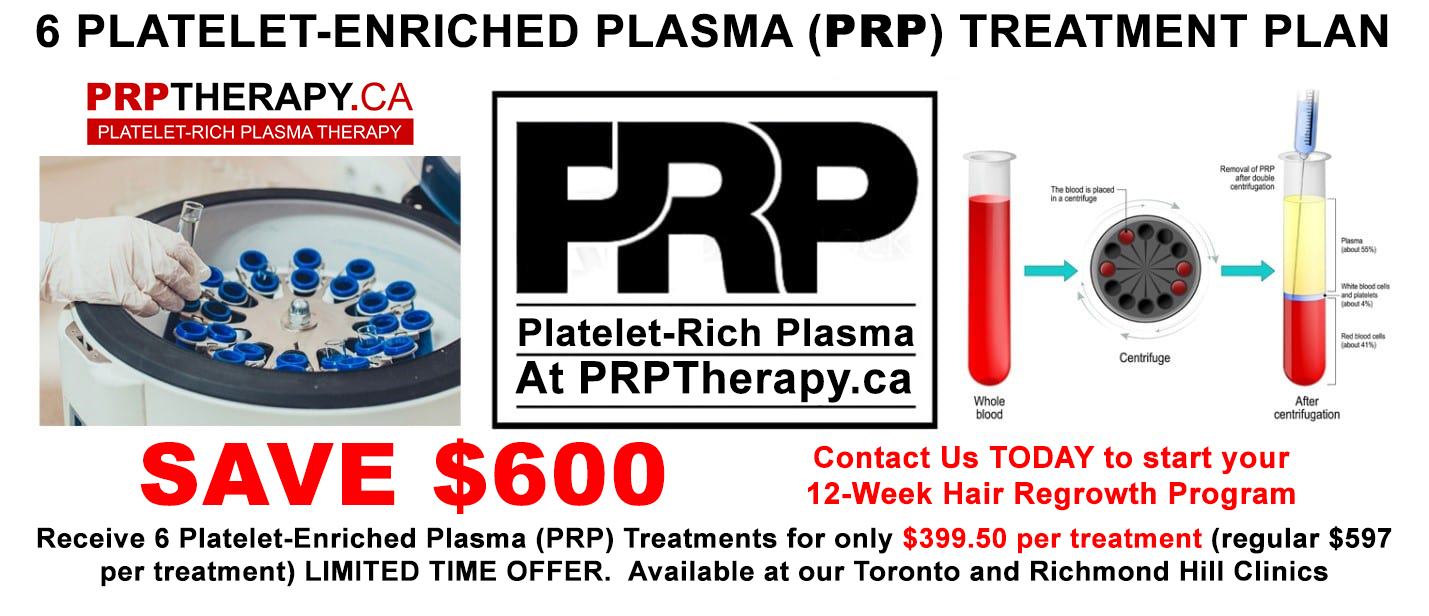
Q&A
What exactly is PRP treatment?
PRP, or Platelet-Rich Plasma, is a treatment that uses a patient’s blood platelets to promote healing and regeneration in various medical and cosmetic procedures.
How often should someone undergo PRP for hair restoration?
While it varies per individual, most patients are recommended to have PRP sessions every 3-6 months for optimal hair restoration results.
Are there potential adverse reactions to PRP procedures?
PRP is generally safe since it uses the patient’s blood. However, some may experience mild side effects like soreness or swelling at the injection site.
How does PRP compare to other skin rejuvenation methods?
PRP stimulates natural collagen production for longer-lasting results, whereas botox offers quicker but temporary outcomes. PRP is also more organic since it utilizes the patient’s blood.
Can PRP treatments be combined with other procedures?
Yes, PRP can often complement other treatments, like microneedling or hair transplantation, to enhance overall results. It’s best to consult with a professional to determine suitable combinations.
Conclusion
In summary, PRP treatment is a beacon of innovation in regenerative medicine and cosmetics. Its natural, autologous nature and a wide array of applications make it an attractive option for many. While individual results can vary, PRP’s overarching benefits and efficacy are undeniable, especially when viewed alongside other treatment modalities. As always, consultation with a certified professional is key to understanding whether PRP is the right choice for your needs.

